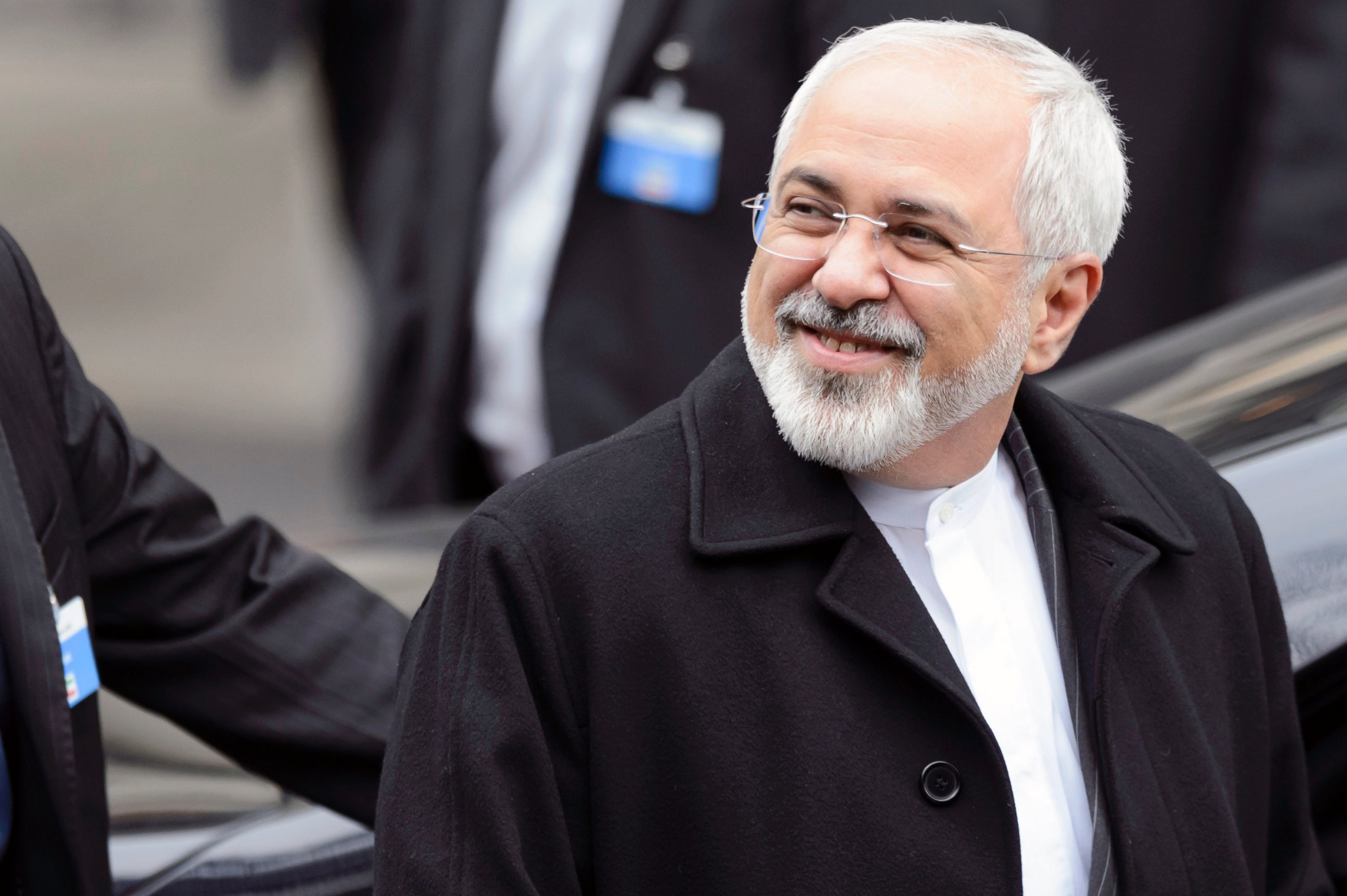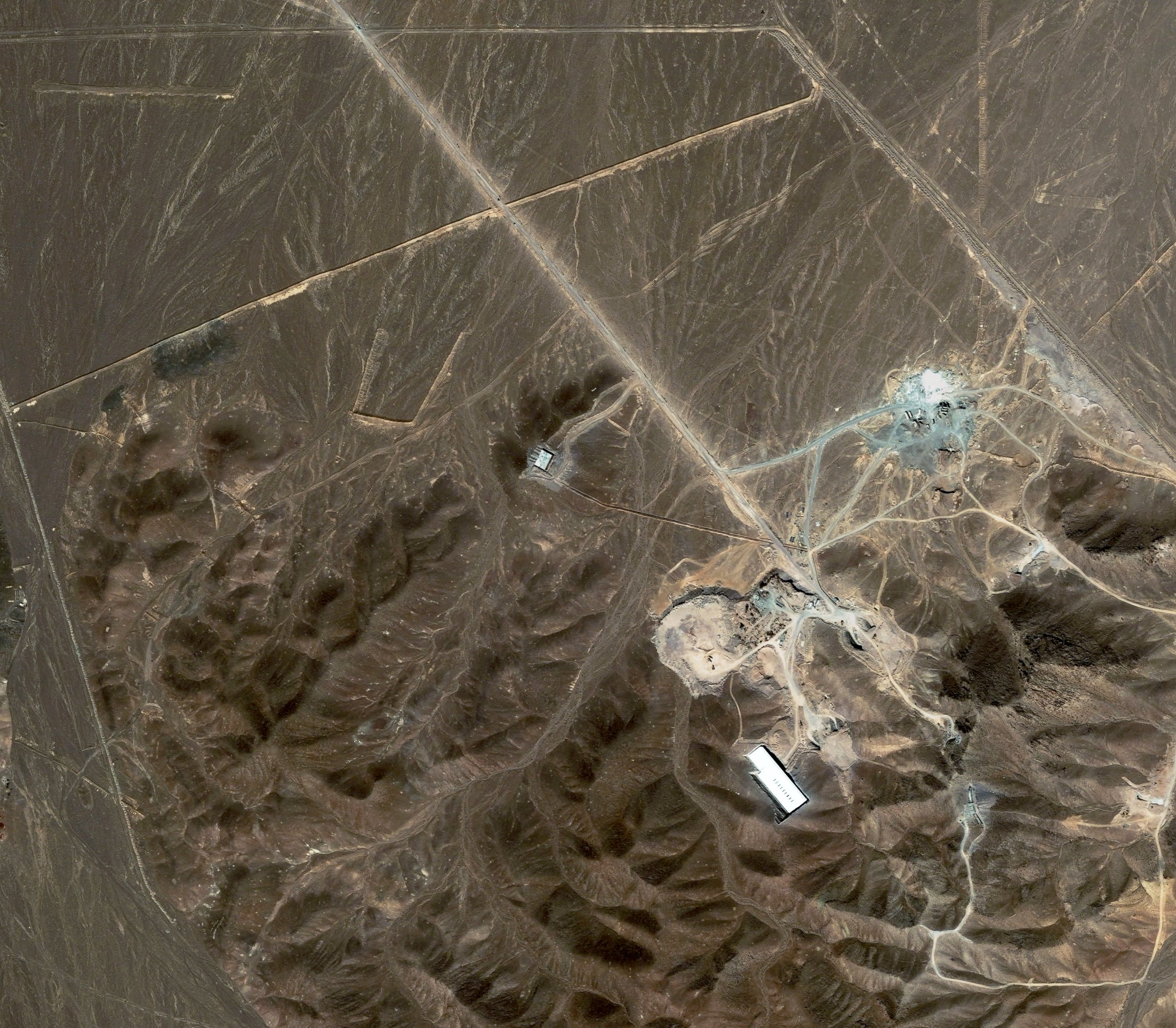Iran Nuclear Negotiations - Your Questions Answered
As the Iran nuclear deadline approaches, here are answers to your questions.
— -- As the U.S. approaches a deadline for a nuclear deal with Iran, here are some basic facts about the negotiations to keep in mind:
What is the deadline?
The deadline for a deal between Iran and the P5+1 (U.S., U.K., Russia, China, France + Germany) on a broad technical framework for Iran’s nuclear program is March 31, as established by Secretary of State John Kerry in November when he announced a four-month extension of negotiations. The specific technical guidelines within that deal would need to be decided by June 30. Implementation of the agreement would begin after that date.
What is the outline of a deal?
A deal would require Iran to halt production of all weapons-grade nuclear material for another 10 years -- as it has already done under an interim agreement -- and to submit to an intense inspection and verification process. In exchange, the international community and the U.S. would gradually lift heavy economic sanctions. Reports about the latest negotiations say the agreement would force Iran to cut the hardware it could use to make a bomb by about 40 percent. That would mean Iran would be allowed to keep 6,000 of the 10,000 centrifuges it has used to enrich uranium. Current estimates are that Iran could put together enough nuclear material for an atomic bomb in about two to three months, what is known as a “breakout time.” The U.S. believes a deal would push Iran’s breakout time to one year during the course of the 10-year moratorium.
What does Iran want?
Iran wants an economic recovery ... and fast. Iran’s leaders expect a deal will provide the country an immediate economic bump. But if that doesn’t happen, some analysts fear resentment towards Iranian President Hassan Rouhani could grow and eventually lead to a breakdown of the agreement. Analysts also say Iran’s economic problems run far deeper than the sanctions, so they’re skeptical that lifting sanctions alone will turn things around. Others hope that the mere announcement of a deal will boost public confidence and encourage European businesses to engage with Iran, giving Iran the bump it needs.

President Obama could lift some of the U.S. sanctions immediately but others would be lifted over time pending verification that Iran is complying with the agreement. Eventually, Congress will have to approve lifting some of the final sanctions, which could be problematic.
What do the U.S. and its allies want?
The P5+1 wants time. It wants to avoid the possibility that Iran’s nuclear pursuits could lead to a regional conflict. A 10-year nuclear moratorium, while not a permanent solution, gives the P5=1 countries that time. They want to avoid a nuclear arms race in the Gulf region. More specifically, they want to ensure that Iran’s most hardened nuclear facilities are no longer producing nuclear material.
What is the biggest hurdle in the negotiations?
The deal hinges, in large part, on the deep buried enrichment facility at Fordow. Iran wants to keep running hundreds of the centrifuges there for “scientific research,” but the U.S. wants Iran to completely repurpose the facility, fearing the centrifuges could be easily retooled for a quick, secret breakout. The U.S. is focusing on the Fordow facility because it is buried deep underground, possibly beyond the reach of the world’s most powerful “bunker-buster” bombs. So if Iran breaks the agreement, Fordow would be its most hardened and likely choice to begin producing the material.

What would Israel do?
Israeli Prime Minister Benjamin Netanyahu has idealistic demands about completely dismantling Iran’s nuclear program. No deal is better than a bad deal, he says. And his rhetoric was at an all-time high ahead of his recent reelection. There is almost no chance the P5+1 could reach a deal that satisfies Netanyahu. So it’s more than likely, whether a deal is reached or not, that Netanyahu will simply continue to push for further sanctions. Most analysts believe Israel would not conduct strikes on its own.
Is Congress going to enact sanctions on its own before a deal is reached?
Probably not. President Obama has threatened to veto any additional sanctions and Congress would need enough votes to override that veto. That’s unlikely to happen. Rep. Brad Sherman, a pro-Israel California Democrat and second-ranking member of the House Foreign Affairs Committee, told ABC News Thursday that Netanyahu’s visit to Congress, while it may have served his and John Boehner’s political interests, reduced the chances of overriding a presidential veto legislation from “40 percent to 4 percent.” Why? Sherman believes the speech framed the debate as a personality contest between the president and the prime minister, which means Democrats are going to side with the president.



